Address
304 North Cardinal St.
Dorchester Center, MA 02124
Work Hours
Monday to Friday: 7AM - 7PM
Weekend: 10AM - 5PM
Address
304 North Cardinal St.
Dorchester Center, MA 02124
Work Hours
Monday to Friday: 7AM - 7PM
Weekend: 10AM - 5PM
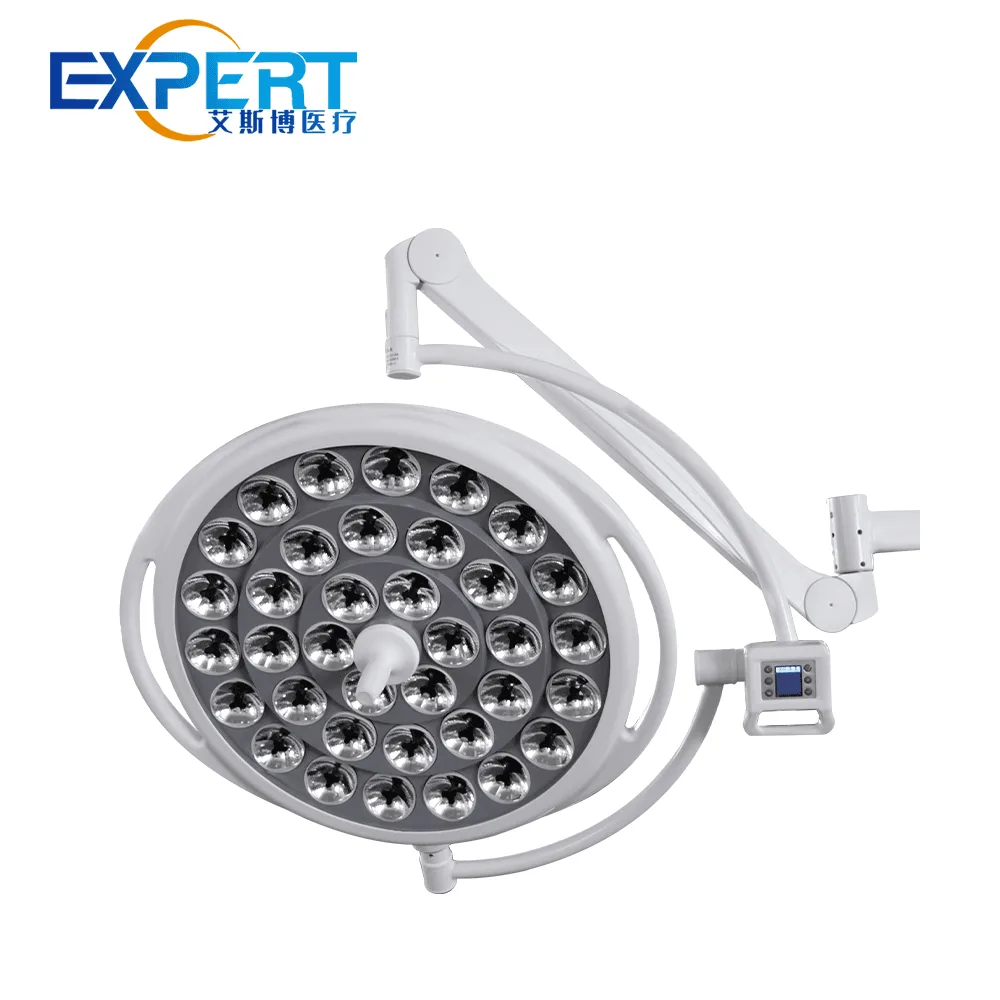
This blog post delves into the critical importance of high-quality surgical LED spot lights, exploring their features, benefits.
Welcome to My Blog!
Before we dive into the content, I’d love for you to join me on my social media platforms where I share more insights, engage with the community, and post updates. Here’s how you can connect with me:
Facebook:https://www.facebook.com/profile.php?id=100071234835011
LinkedIn:https://www.linkedin.com/company/74943205/admin/dashboard/
YouTube:www.youtube.com/@shandongexpertmedicalequip4695
TikTok:www.tiktok.com/@expertmedical
Now, let’s get started on our journey together. I hope you find the content here insightful, engaging, and valuable.
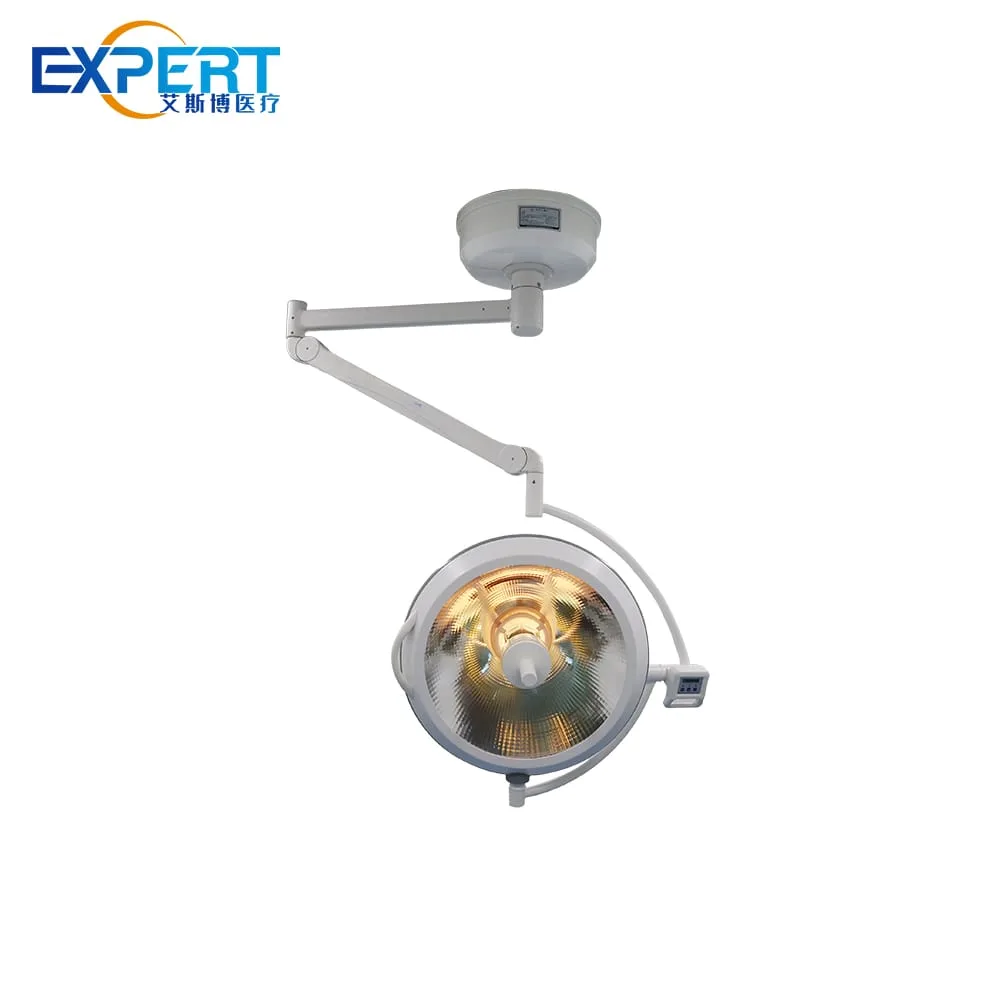
In the intricate and high-stakes environment of modern operating rooms, the quality of illumination plays a pivotal role in the success of surgical procedures and the well-being of both patients and surgical teams. Among the various lighting technologies available, the surgical LED spot light has emerged as a superior choice, offering numerous advantages over traditional halogen or incandescent alternatives. This blog post delves into the critical importance of high-quality surgical LED spot lights, exploring their features, benefits, and the factors that contribute to their effectiveness in providing optimal surgical illumination. Understanding the nuances of surgical LED spot light quality is essential for healthcare facilities looking to invest in equipment that enhances surgical precision, reduces surgeon fatigue, and ultimately improves patient outcomes.
The demands placed on surgical lighting are exceptionally high. Surgeons require a clear, shadow-free, and color-accurate view of the surgical site to perform delicate procedures with precision and confidence. A high-quality surgical LED light is engineered to meet these stringent requirements, providing consistent and reliable illumination that minimizes distractions and maximizes visibility. Poor quality lighting, on the other hand, can lead to eye strain, misidentification of tissues, and increased risk of surgical errors. Therefore, investing in a superior surgical LED spot light is not merely a matter of preference but a crucial aspect of ensuring patient safety and surgical efficacy. The intensity, color rendering index (CRI), and shadow reduction capabilities of a surgical LED light directly impact the surgeon’s ability to discern fine details and make critical decisions during surgery.
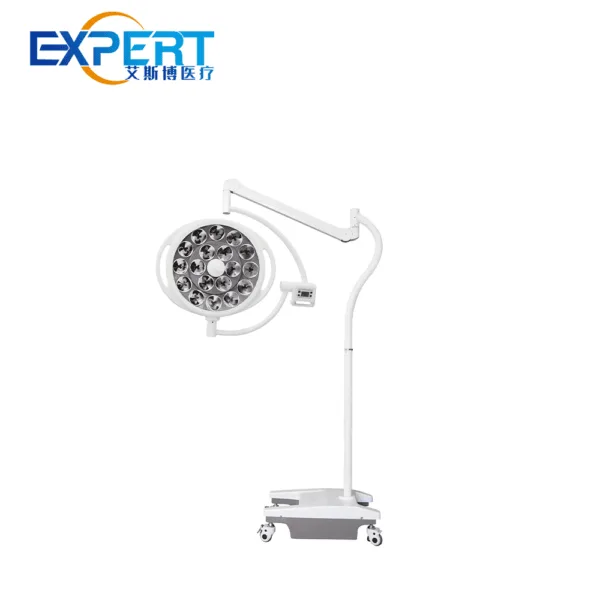
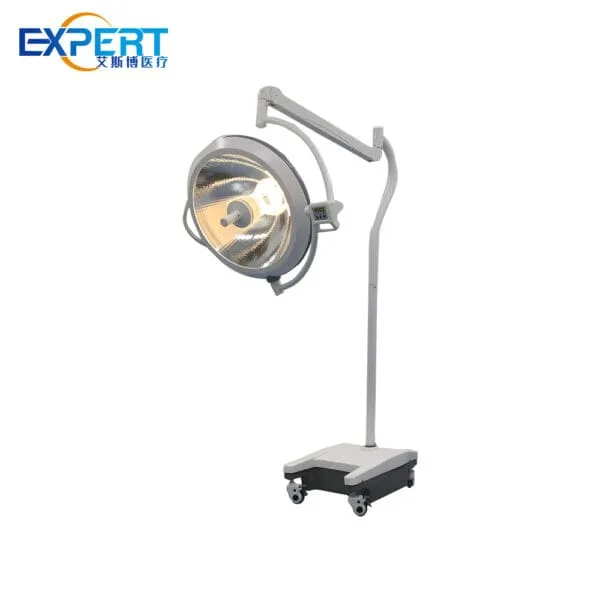
Several key features distinguish a high-quality surgical LED light from its lower-grade counterparts. These features directly contribute to the light’s performance, durability, and overall value in a surgical setting.
A crucial aspect of a surgical LED spot light is its ability to provide sufficient and adjustable light intensity. Surgeons often need to vary the brightness depending on the specific stage of the procedure and the tissue being examined. A high-quality surgical LED light offers a wide range of intensity settings, allowing for precise adjustments without flickering or significant changes in color temperature. Consistent and controllable illumination from the surgical LED spot light ensures optimal visualization of the surgical field, reducing eye fatigue and enhancing surgical accuracy.
The Color Rendering Index (CRI) is a quantitative measure of how accurately a light source renders the colors of objects compared to an ideal light source, such as natural sunlight. A surgical LED light with a high CRI is essential for accurately distinguishing between different types of tissues and identifying subtle color variations that can be critical during surgery. A CRI of 90 or above is generally considered desirable for surgical applications, as it ensures that the colors of the surgical field are rendered faithfully, allowing surgeons to make informed decisions based on accurate visual information provided by the surgical LED light.
Shadows cast by the surgeon’s hands or instruments can significantly impede the view of the surgical site. A well-designed surgical LED spot light incorporates multiple light sources and optical systems to minimize shadow formation, providing a more uniform and unobstructed view of the operating field. Effective shadow reduction by the surgical LED light is crucial for intricate procedures where clear visualization of deep tissues or small structures is required. Advanced surgical LED light designs utilize configurations that virtually eliminate shadows, enhancing the surgeon’s ability to work efficiently and accurately.
Color temperature, measured in Kelvin (K), describes the warmth or coolness of a white light source. For surgical applications, a neutral white light (around 4000-5000K) is generally preferred as it provides a natural and comfortable viewing experience without distorting tissue colors. A high-quality surgical LED light maintains a consistent color temperature across its intensity range and throughout its lifespan. Shifts in color temperature can cause visual fatigue and make it difficult to accurately assess tissue appearance. The stability of the color temperature of the surgical LED spot light contributes significantly to the surgeon’s visual comfort and diagnostic accuracy.
Operating rooms are demanding environments, and surgical equipment must be robust and reliable. A high-quality surgical LED light is built using durable materials and undergoes rigorous testing to ensure its longevity and ability to withstand frequent use and sterilization processes. LED technology itself offers a significantly longer lifespan compared to traditional light sources, reducing the need for frequent replacements and minimizing 1 downtime. Investing in a durable surgical LED light translates to long-term cost savings and increased operational efficiency for healthcare facilities.
The ergonomic design of a surgical LED light is crucial for the comfort and efficiency of the surgical team. The light should be easily maneuverable, allowing surgeons and assistants to position it precisely where needed without undue effort or obstruction. Features such as smooth articulation, adjustable arms, and intuitive controls contribute to the ease of use of the surgical LED spot light. A well-designed surgical LED light enhances the workflow in the operating room and reduces the physical strain on the surgical team.
Maintaining a sterile environment is paramount in the operating room. A high-quality surgical LED spot light is designed with smooth surfaces and minimal crevices to facilitate easy cleaning and disinfection. Some models may also feature detachable and sterilizable components to further enhance hygiene. The materials used in the construction of the surgical LED light should be compatible with standard sterilization methods to prevent contamination and ensure patient safety.
The advantages of using a high-quality surgical LED light extend beyond just providing illumination. These benefits contribute significantly to improved surgical outcomes, enhanced efficiency, and a safer working environment.
The superior illumination provided by a high-quality surgical LED light, characterized by optimal intensity, high CRI, and effective shadow reduction, directly translates to enhanced surgical precision. Surgeons can visualize intricate anatomical structures with greater clarity, allowing for more accurate tissue manipulation and reduced risk of damage to surrounding healthy tissues. The ability of the surgical LED spot light to provide a clear and unobstructed view is fundamental to the success of complex surgical procedures.
Prolonged exposure to poor quality lighting can lead to significant eye strain and fatigue for surgeons. A high-quality surgical LED light minimizes these issues by providing consistent, flicker-free light with optimal color rendering. This reduces the visual stress on the surgeon, allowing them to maintain focus and concentration for longer periods, ultimately contributing to better surgical performance. The comfortable and stable illumination from the surgical LED spot light is an important factor in maintaining the well-being and efficiency of the surgical team.
By enhancing surgical precision and reducing surgeon fatigue, a high-quality surgical LED light indirectly contributes to improved patient safety outcomes. Clear visualization of the surgical field minimizes the risk of errors and complications, leading to better patient recovery and reduced hospital stays. Investing in superior surgical LED spot light technology is a proactive step towards ensuring the highest standards of patient care.
LED technology is inherently more energy-efficient than traditional light sources. A surgical LED light consumes significantly less power, resulting in lower operating costs for the healthcare facility. Furthermore, the long lifespan of LED bulbs reduces the frequency of replacements, leading to additional cost savings on maintenance and consumables. The energy efficiency of the surgical LED spot light also aligns with sustainability initiatives in healthcare.
The ergonomic design and ease of maneuverability of a high-quality surgical LED spot light contribute to a smoother and more efficient workflow in the operating room. Surgeons and assistants can quickly and easily adjust the light as needed, without interrupting the surgical procedure. This flexibility and ease of use enhance the overall efficiency of the surgical team.
Selecting the right surgical LED spot light for a healthcare facility requires careful consideration of several factors to ensure that the chosen light meets the specific needs of the surgical team and the types of procedures performed.
Different surgical specialties may have varying requirements for light intensity. For example, neurosurgery or microsurgery often require higher levels of illumination than general surgery. It is essential to choose a surgical LED light that can provide the necessary intensity range for the intended applications.
As mentioned earlier, a high CRI is crucial for accurate tissue differentiation. When selecting a surgical LED spot light, ensure that it offers a CRI of 90 or above to provide surgeons with the most accurate visual information.
Evaluate the shadow reduction capabilities of the surgical LED light. Look for designs with multiple light sources or advanced optical systems that minimize shadows and provide a clear view of the surgical site, even when instruments or hands are in the field.
Consider the size and mounting options of the surgical LED spot light in relation to the operating room layout and the existing equipment. Options may include ceiling-mounted, wall-mounted, or mobile units. Choose a surgical LED light that integrates seamlessly into the operating room environment without obstructing movement or other equipment.
While the initial investment in a high-quality surgical LED spot light may be higher than that of lower-grade options, it is important to consider the long-term cost of ownership. Factors such as energy efficiency, bulb lifespan, and maintenance requirements should be taken into account when making a purchasing decision. A durable and efficient surgical LED spot light can lead to significant cost savings over its lifespan.
Ensure that the chosen surgical LED spot light meets all relevant regulatory compliance and safety standards. This includes certifications related to electrical safety, electromagnetic compatibility, and medical device standards. Compliance with these standards ensures the safety and reliability of the surgical LED light in the operating room.
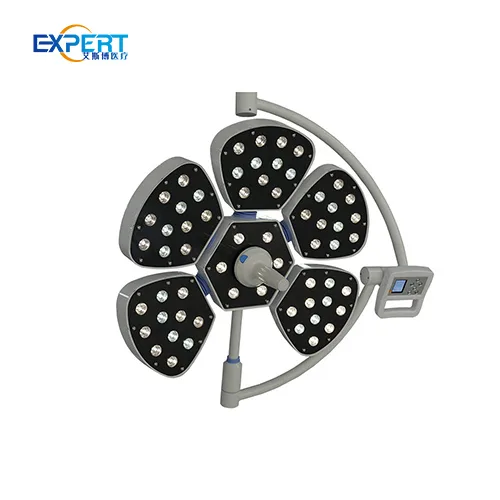
The following table provides a comparison of key features to consider when evaluating different surgical LED spot lights. This table is for illustrative purposes and does not include specific brand comparisons.
| Feature | Low Quality Surgical LED Spot Light | High Quality Surgical LED Spot Light | Importance for Surgery |
|---|---|---|---|
| Light Intensity (Lux) | Limited, potentially inconsistent | Wide range, consistent | High |
| Color Rendering Index (CRI) | Below 85 | 90 or above | Very High |
| Shadow Reduction | Significant shadows | Minimal shadows | Very High |
| Color Temperature (K) | Inconsistent, may shift | Stable, within optimal range | High |
| Bulb Lifespan (Hours) | Lower | Higher | Medium |
| Energy Consumption (Watts) | Higher | Lower | Medium |
| Maneuverability | Limited, may be stiff | Smooth, easy adjustments | High |
| Material Quality | Less durable | Highly durable | Medium |
| Sterilization Compatibility | May be limited | Designed for sterilization | High |
In conclusion, the quality of the surgical LED spot light is of paramount importance in modern operating rooms. A high-quality surgical LED spot light provides optimal illumination characterized by sufficient and adjustable intensity, superior color rendering, effective shadow reduction, and consistent color temperature. These features contribute directly to enhanced surgical precision, reduced surgeon fatigue, improved patient safety outcomes, energy efficiency, and a more efficient workflow. Investing in a superior surgical LED spot light is a critical decision for any healthcare facility committed to providing the highest standards of surgical care. Experience the difference that quality illumination can make in your operating room. Contact us today to learn more about our range of high-performance surgical LED spot lights.
What are the main advantages of using an LED surgical spot light compared to halogen?
LED surgical spot lights offer several advantages over halogen lights, including longer lifespan, lower energy consumption, reduced heat emission, better color rendering index (CRI), and more consistent light quality over time.
How important is the Color Rendering Index (CRI) in a surgical LED spot light?
The Color Rendering Index (CRI) is very important in a surgical LED spot light as it indicates how accurately the light source renders the colors of tissues and organs. A high CRI (90 or above) ensures that surgeons can accurately distinguish between different tissue types and identify subtle color variations crucial for diagnosis and procedure.
What level of light intensity is typically required for surgical procedures?
The required light intensity can vary depending on the surgical specialty and the specific procedure. Generally, a surgical LED spot light should offer a range of intensity up to 100,000 Lux or more to accommodate different needs. Adjustability is key to allow surgeons to optimize the illumination for the task at hand.
How does a surgical LED spot light help in reducing shadows during surgery?
A well-designed surgical LED spot light utilizes multiple LED light sources and advanced optical designs to minimize the formation of shadows. By directing light from various angles, the light can fill in areas that would otherwise be obscured by the surgeon’s hands or instruments, providing a more uniform and unobstructed view of the surgical field.